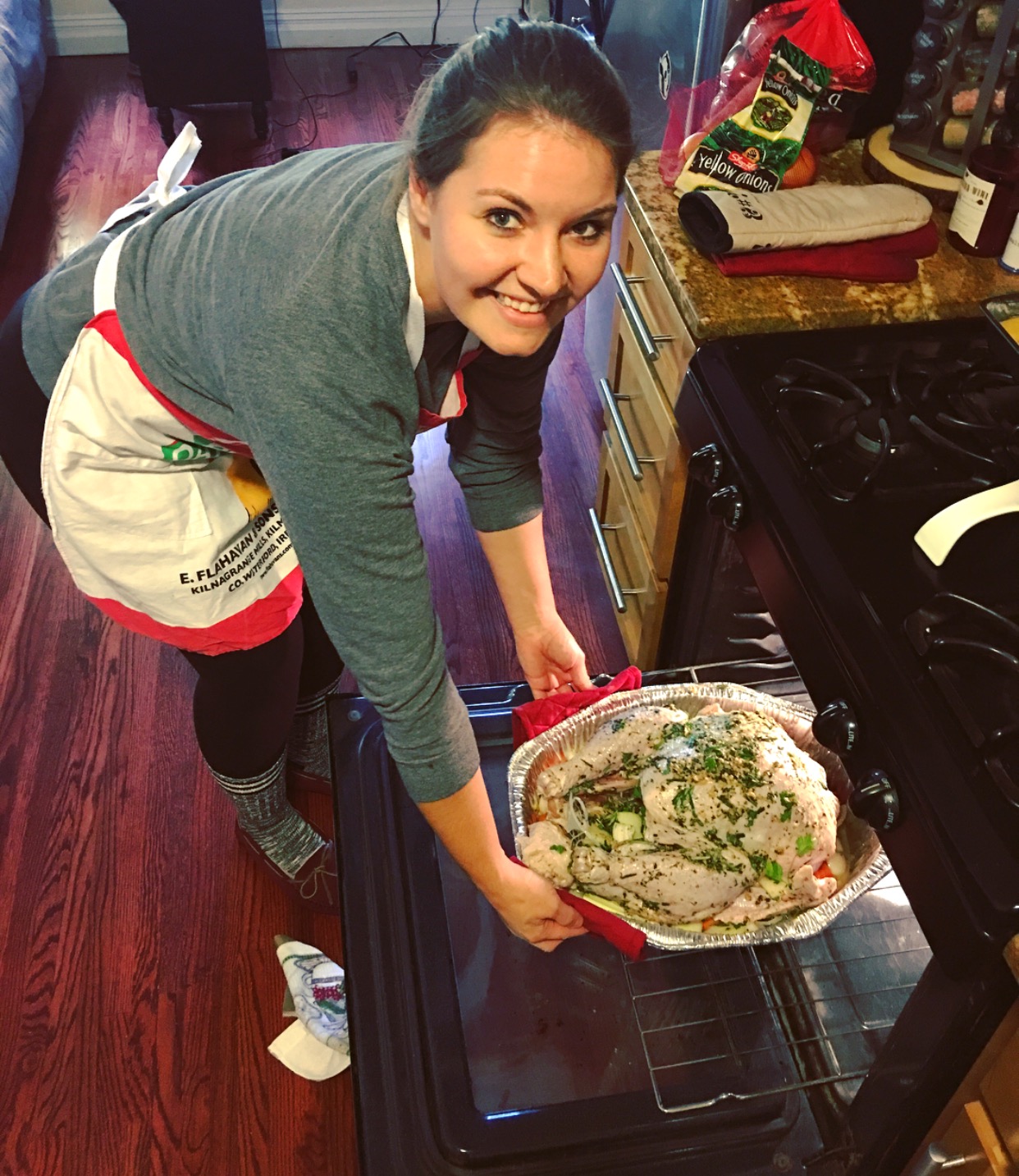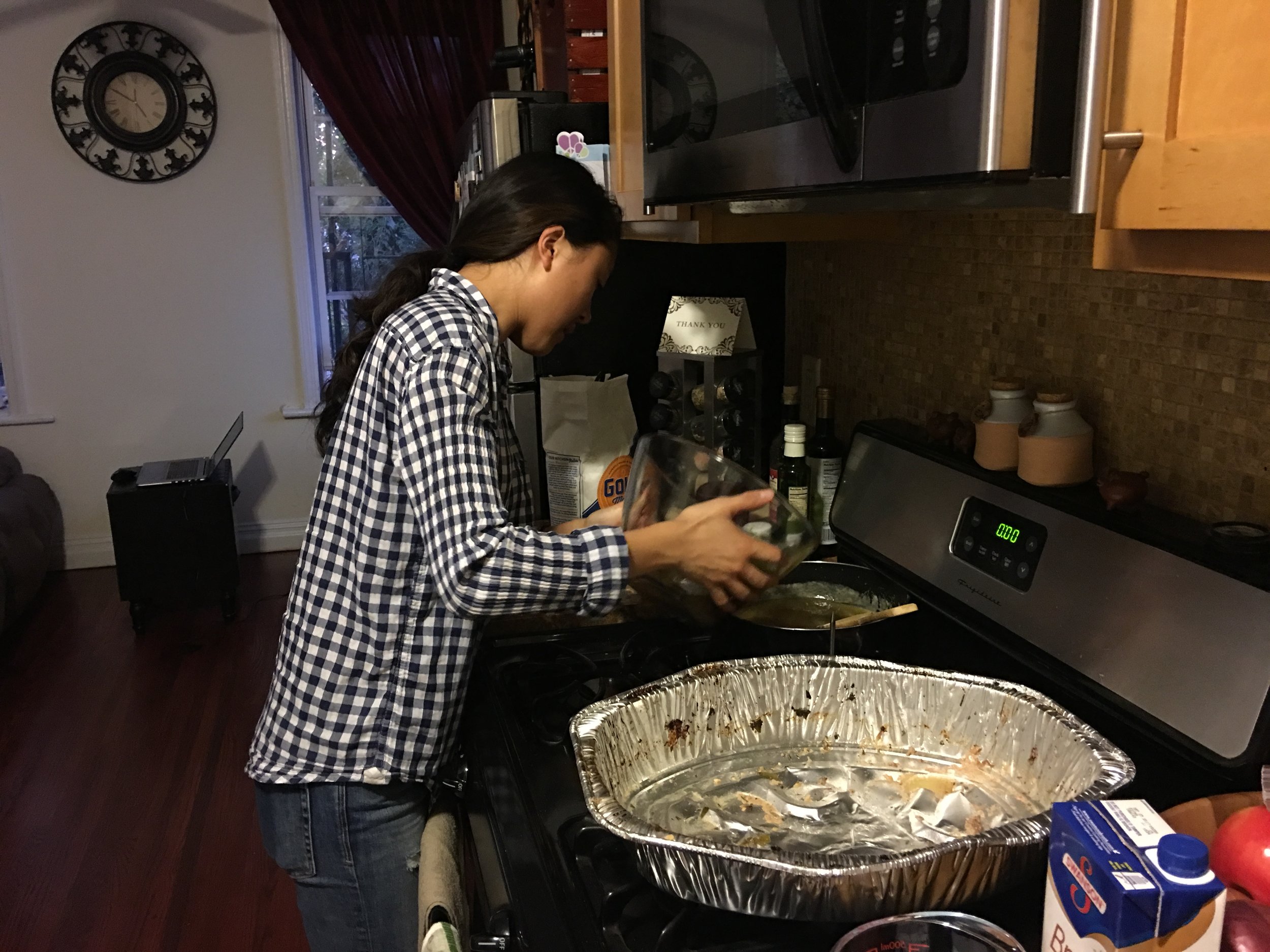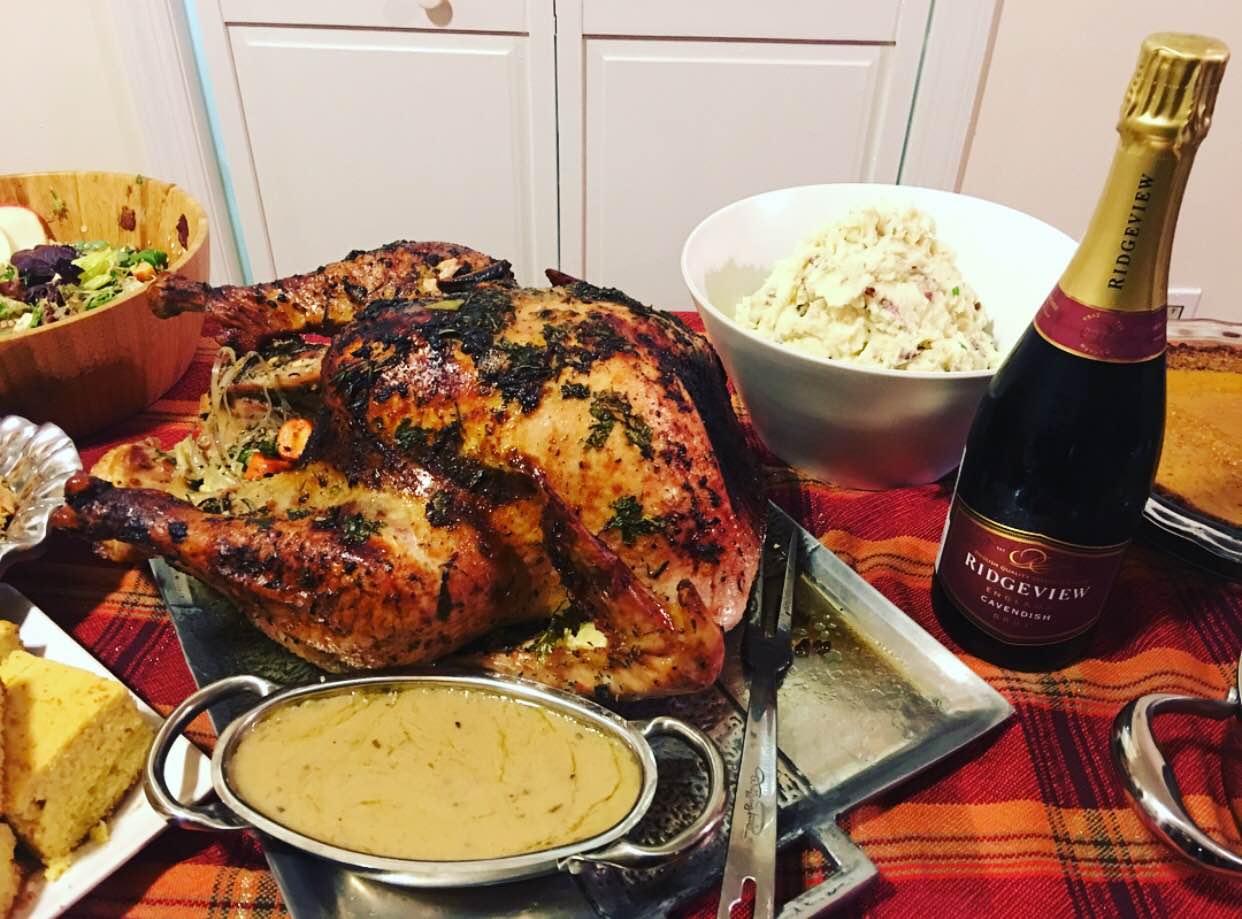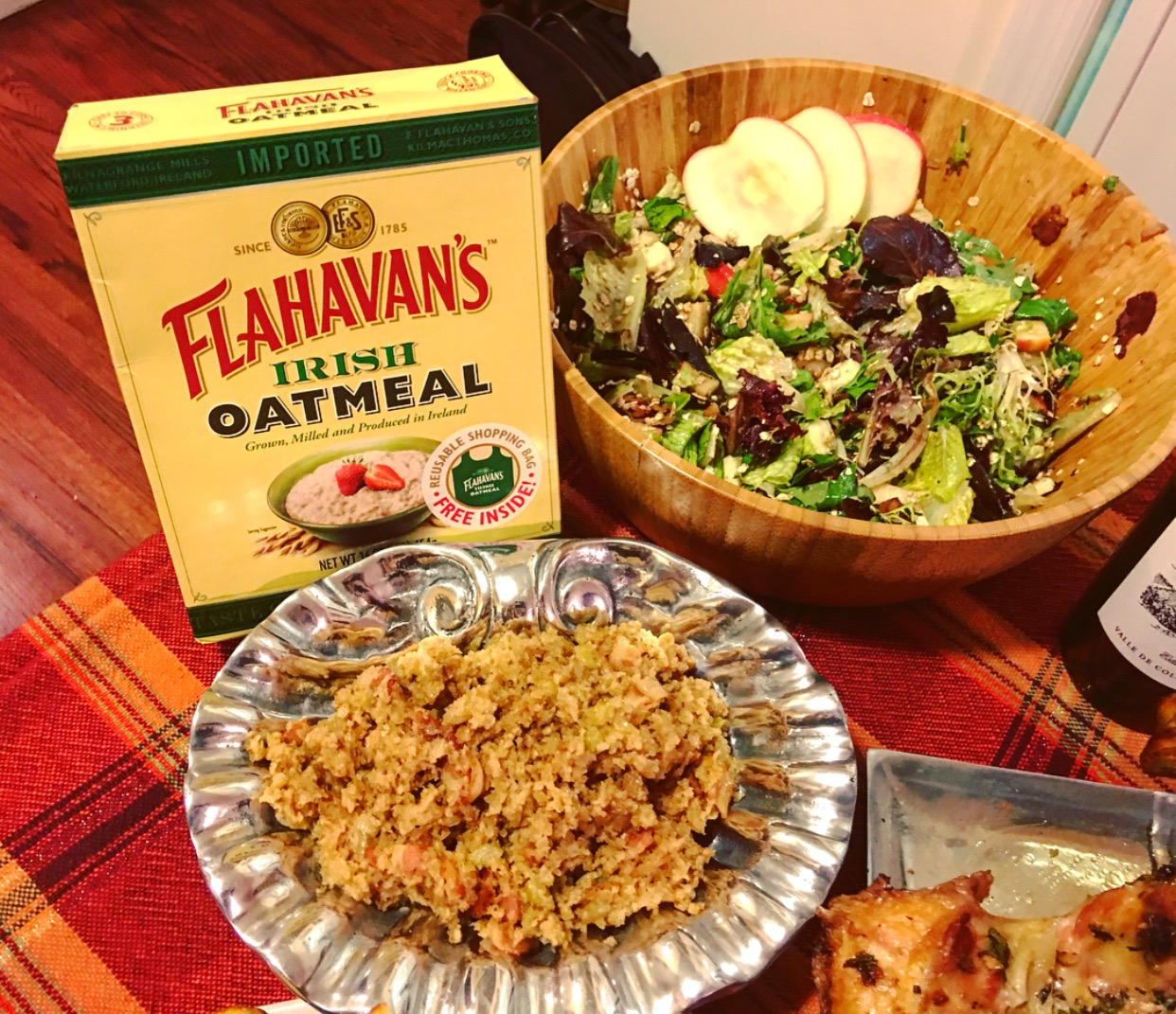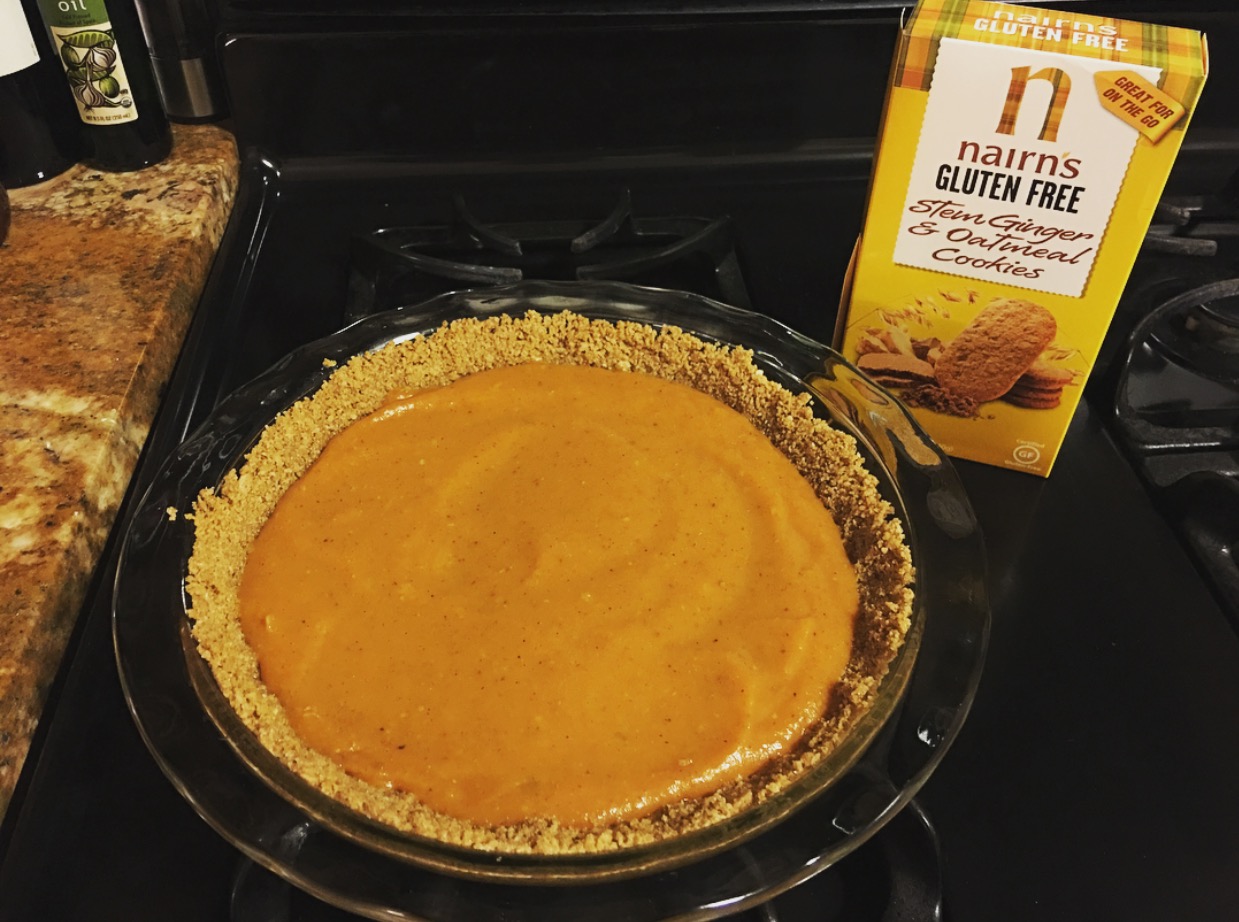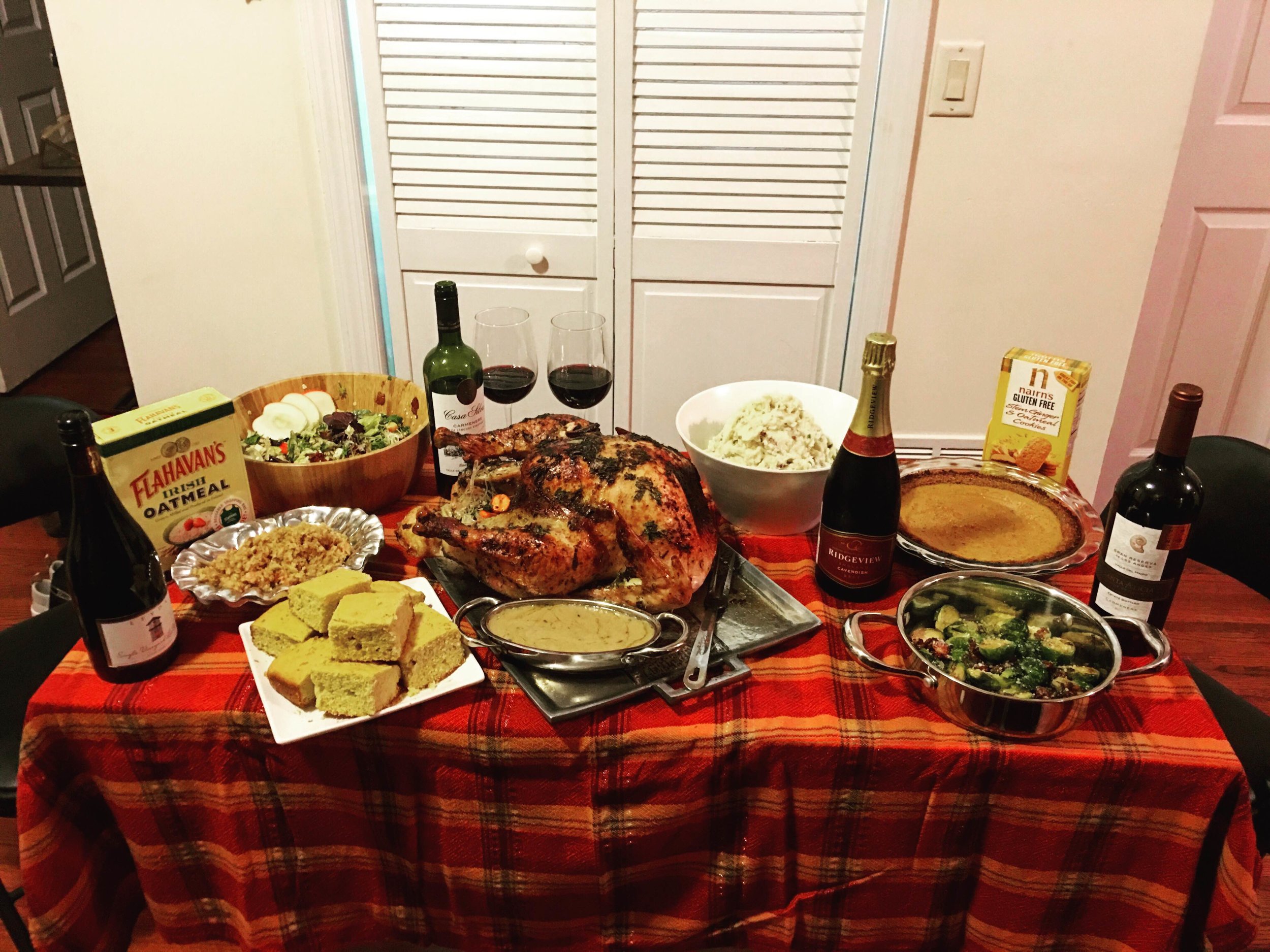21 Meets British Bubbly
As a newly-turned 21-year-old, what better way is there to become introduced to the world of wine than by interning at a food and wine marketing company? Not many 21-year-olds living on a college student budget can say that they were able to start off their wine journey by drinking some of the finest English sparkling wines or being taught the proper way to drink wine by wine experts. I am truly so grateful to be in this position and to have experienced as much as I have so far in these past two short months.
My experience with wine is limited, and there is still so much out there for me to discover and taste, but I already know that sparkling wine will be one of my favorite varieties of wine. At only two months into being 21, I have already developed a preference for whites over reds. I enjoy the lighter and crisper taste of whites over the more heavy-bodied reds. As someone who is new to drinking wine, I find whites definitely more easy on the palate. Another component of sparkling wines that I really enjoy is the bubbles. I enjoy carbonated drinks and find that the addition of bubbles is very refreshing.
Now, for my first impressions of my first sparkling wine experience. I had the opportunity to try two of Ridgeview Estate’s (England) sparkling wines, their traditional blend Cavendish which is a mix of Pinot Noir, Pinot Meunier, and Chardonnay, and their Blanc de Blancs which is all Chardonnay. I first tried the Cavendish, and it was very tasty. The smell was fruity and fragrant; I picked up hints of apple. The taste was very light, and there was not much sweetness at all, which is something I usually prefer but did not miss for this drink. Trying the Blanc de Blancs was particularly interesting as it is not yet available in the U.S. Upon first smelling the wine, immediately I sensed more citrus notes compared to the Cavendish. As for the tasting, I would describe the taste to be crisper and brighter than the Cavendish and smoother in texture. This is not surprising, as the Blanc de Blancs is more expensive than the Cavendish.
This experience has taught me exactly how complex and dynamic wine really is. This makes me appreciate wine more because there are so many layers within not only the taste but also the crafting of it. I am excited to continue on my wine journey, learning more about wine and trying different wines.


